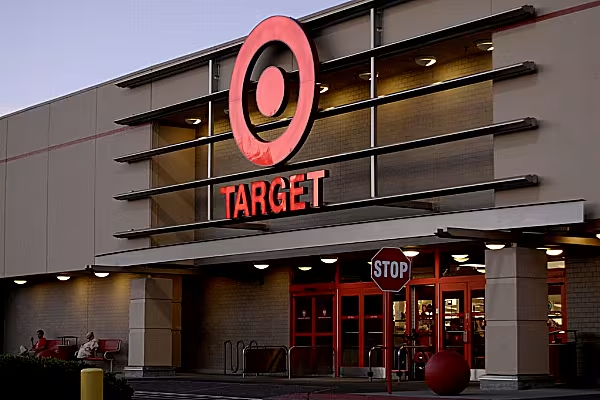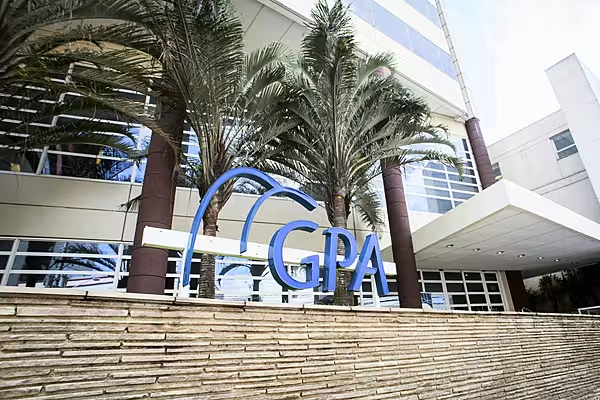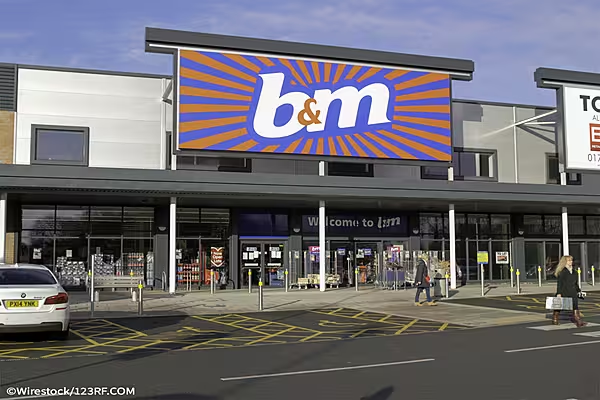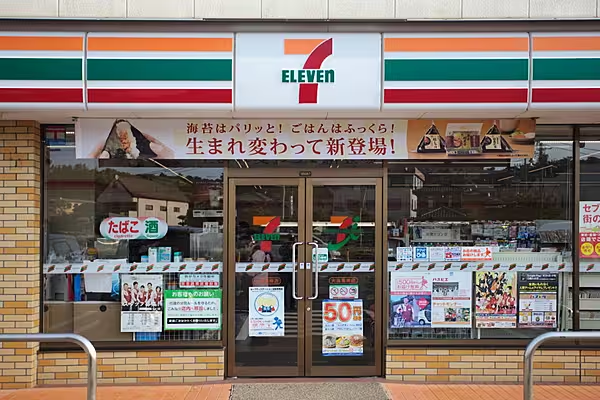Target Corp.’s price war with Wal-Mart Stores Inc. is taking its toll.
Target posted a disappointing outlook on Wednesday, in part because of investments made to lower prices, boost wages and develop new brands. That sent the shares down the most in five months.
Chief Executive Officer Brian Cornell is cutting prices, remodeling more than 1,000 locations and opening dozens of smaller stores in cities and on college campuses. It’s all part of a $7 billion multiyear plan to get the cheap-chic retailer back on more solid footing. Speed is of the essence, though, as rival Wal-Mart is pushing deeper into fashion: It just reached a deal to sell Lord & Taylor merchandise on its website beginning next year.
Short-Term Investments
The results “reflect the impact of its short-term investments for long-term benefit,” Moody’s Corp. analyst Charlie O’Shea said. Profit margins are getting squeezed “as a result of Target’s tactical price investments, as well as the persistent market share battles with Amazon and Wal-Mart in multiple categories.”
While the company boosted its forecast for full-year profit to $4.40 to $4.60 a share, the midpoint trailed analysts’ average projection of $4.53.
Target shares fell as much as 9.9 percent to $54.13 in New York trading, their biggest slide since mid-June. They had already declined 17 percent this year through Tuesday. Wal-Mart will give an update on its progress Thursday when it reports third-quarter results.
Gross margins will continue to be pressured this quarter because of the shift to lower prices as well as costs associated with fulfilling online orders, Chief Financial Officer Cathy Smith said on a call with investors. Target is now offering same-day delivery from four New York City stores, and its next-day “Restock” service for everyday household goods spans 11 markets.
Even so, Target’s newest exclusive brands -- which include A New Day, Goodfellow & Co. and JoyLab -- will be “very beneficial to short-term and long-term gross margin performance,” Cornell said on the call. That’s because the company’s private labels earn higher margins compared to national brands.
New Brands
The company’s painful transition showed signs of payoff last quarter. Its same-store sales increased 0.9 percent, topping the average prediction for a 0.4 percent gain, according to Consensus Metrix. It also posted 24 percent growth in online sales.
Target has unveiled eight new apparel, home decor and kid-focused brands across its 1,800 stores in an effort to lure back shoppers who’ve strayed from the retailer in recent years. In September, only 29 percent of U.S. households shopped at Target, according to research firm Kantar Retail, down from 39 percent five years ago.
The new product lines should generate $10 billion in sales, Target has said, and on Wednesday Cornell said they could deliver even more than that.
The company has lowered prices on everything from coffee to paper towels, and in the third quarter “held its ground” against Wal-Mart in groceries, according to analyst Dan Binder of Jefferies.
“Target’s introduction of new private label brands looks to be gaining traction, and traffic levels look solid,” said Ken Perkins, president of Retail Metrics. The new product lines could represent $10 billion in sales, Target has said, and would follow the success of kids’ apparel line Cat & Jack, now a $2 billion brand.
News by Bloomberg, edited by ESM. Click subscribe to sign up to ESM: The European Supermarket Magazine.














